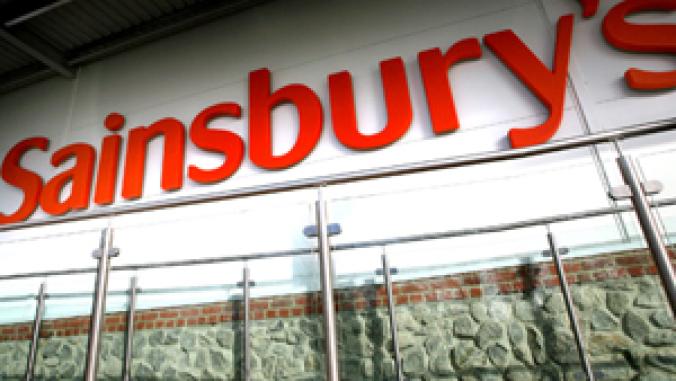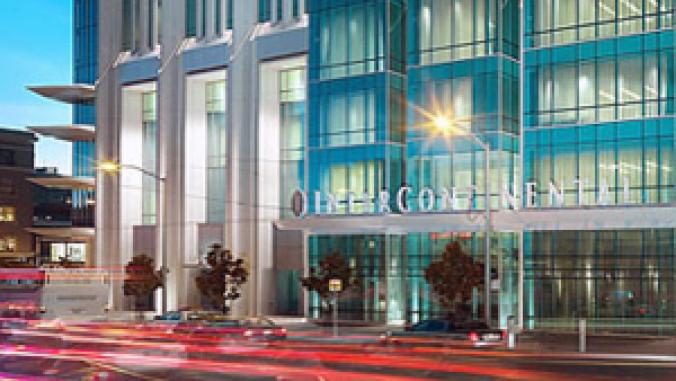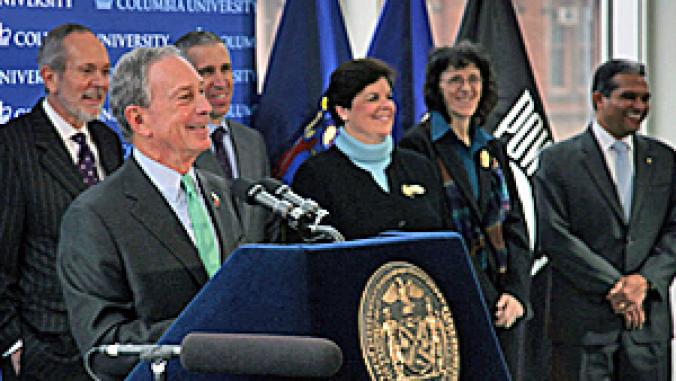LEED Certification Could Benefit from Booming Industry in Coming Years: Report
As existing buildings become more efficient and new buildings are designed to have a much smaller impact, the green building industry is growing rapidly, from $12 billion in revenues last year to more than $42 billion by 2015, according to a new report from Frost & Sullivan, and LEED is the certification of choice for that industry, although it faces some obstacles to continued success.
As existing buildings become more efficient and new buildings are designed to have a much smaller impact, the green building industry is growing rapidly, from $12 billion in revenues last year to more than $42 billion by 2015, according to a new report from Frost & Sullivan, and LEED is the certification of choice for that industry, although it faces some obstacles to continued success.
The report, "LEED and Beyond: Evolving Trends in Green & Intelligent Buildings in North America," looks at the recent history of the green building movement and -- based on growing concern about climate change, potential mandates from governments at all levels and the growing effectiveness and availability of green-building products of all types -- concludes that the greening of the building industry is "inevitable."
LEED-registered projects will account for nearly 25 percent of new construction in the United States, according to the report's authors, and the growth of demand for products and technologies will create a positive feedback loop, making high-performance buildings all the more practical and energy- and resource-efficient.
The U.S. Green Building Council's LEED certification program is the biggest beneficiary of this boom, having been the go-to standard since its inception at the beginning of this century. But Frost & Sullivan caution that LEED faces some obstacles to maintaining its supremacy in the face of competing standards in development. Among the biggest challenge is the high cost of becoming LEED-certified, which the report says can climb as high as $60,000 for a project.
Competition for LEED's market share is nothing new, as noted in this 2005 column by Christine Ervin; what may present a bigger challenge is a trend in building facilities that are "LEED-certifiable" rather than LEED-certified -- or buildings that offer all the benefits of LEED without the paperwork and expenses.
Still, there's little doubt that LEED will be the predominant standard for at least the near term, and the USGBC has big plans to harness the boom predicted by Frost & Sullivan in the report: in the State of Green Business 2008, we explored the growth of LEED, and noted that the USGBC has set a goal of 100,000 LEED-certified commercial buildings by 2010, up from around 1,100 in 2007.
The report, "LEED and Beyond: Evolving Trends in Green & Intelligent Buildings in North America," looks at the recent history of the green building movement and -- based on growing concern about climate change, potential mandates from governments at all levels and the growing effectiveness and availability of green-building products of all types -- concludes that the greening of the building industry is "inevitable."
LEED-registered projects will account for nearly 25 percent of new construction in the United States, according to the report's authors, and the growth of demand for products and technologies will create a positive feedback loop, making high-performance buildings all the more practical and energy- and resource-efficient.
The U.S. Green Building Council's LEED certification program is the biggest beneficiary of this boom, having been the go-to standard since its inception at the beginning of this century. But Frost & Sullivan caution that LEED faces some obstacles to maintaining its supremacy in the face of competing standards in development. Among the biggest challenge is the high cost of becoming LEED-certified, which the report says can climb as high as $60,000 for a project.
Competition for LEED's market share is nothing new, as noted in this 2005 column by Christine Ervin; what may present a bigger challenge is a trend in building facilities that are "LEED-certifiable" rather than LEED-certified -- or buildings that offer all the benefits of LEED without the paperwork and expenses.
Still, there's little doubt that LEED will be the predominant standard for at least the near term, and the USGBC has big plans to harness the boom predicted by Frost & Sullivan in the report: in the State of Green Business 2008, we explored the growth of LEED, and noted that the USGBC has set a goal of 100,000 LEED-certified commercial buildings by 2010, up from around 1,100 in 2007.




